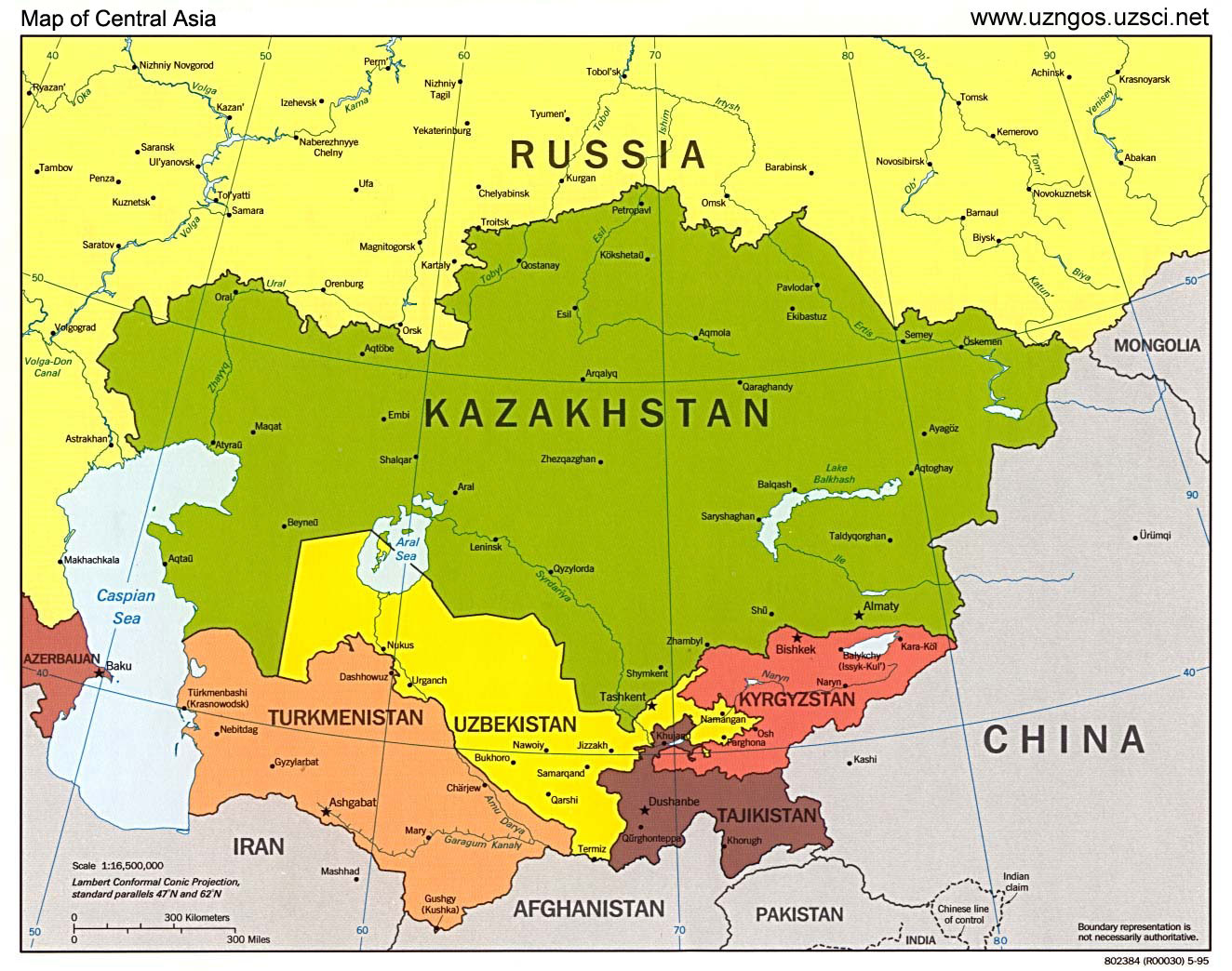Kyrgyzstan supports new format for cooperation between Central Asian states

By Kamila Aliyeva
Kyrgyzstan supported the initiative of Uzbekistan to hold annual informal consultations of the leaders of Central Asian countries.
This was stated in a joint statement of the presidents of Uzbekistan and Kyrgyzstan Shavkat Mirziyoyev and Sooronbai Jeenbekov.
“The Kyrgyz side expressed support for the initiative of Uzbekistan to hold consultative meetings of the heads of state of Central Asia on a regular basis,” the document said.
Also, support is expressed in the development of a mutually acceptable draft resolution of the UN General Assembly on strengthening regional and international cooperation on security, peace and sustainable development in the Central Asian region.
Within the framework of the official visit of Jeenbekov to Uzbekistan on December 13, negotiations were held with President Shavkat Mirziyoyev in narrow and extended formats, following which a number of documents were signed.
The initiative on regular consultations at the highest level was also supported by Kazakhstan, who proposed holding the first such meeting in Astana.
It is not a question of creating a new international organization or some kind of an integration structure, according to Mirziyoyev.
The activities of the new platform will be aimed exclusively at reconciling the hours on key issues.
Central Asia is extending from the Caspian Sea in the west to the border of western China in the east. It is bounded on the north by Russia and on the south by Iran, Afghanistan, and China. The region consists of the former Soviet republics of Kazakhstan, Uzbekistan, Tajikistan, Kyrgyzstan, and Turkmenistan.
Central Asia’s economic activity is centered on irrigated agriculture in the south and on heavy and light industry and mining in Kazakhstan.
Of the five Central Asian countries, Uzbekistan, with a population of 30.9 million, is the most populous Central Asian country.
Over the past decade, Central Asia has emerged as a vital region in the global energy market as the world’s economic center has shifted eastward.
Central Asia has long possessed large volumes of oil and natural gas, but for decades, the region’s energy infrastructure remained underdeveloped due to a number of reasons.
Kazakhstan is the region’s leading oil producer and ninth-largest country in the world. Turkmenistan is the region’s main gas exporter, and exports its reserves directly to China through the Central Asia-China Gas Pipeline. Uzbekistan also supplies gas through the upgraded pipeline network.
Turkmenistan is also among the main cotton exporters of the world. The country seeks to achieve about 1.05 million cotton harvest this year.
Tajikistan is the smallest oil reserve holder in Central Asia. The country has 4.4 gigawatts (GWe) of generating capacity, about 90 percent of which is hydroelectric.
Now, the Central Asian nations seek to diversify their export destinations and are viewed as favorable investment opportunities by many Western companies.
---
Kamila Aliyeva is AzerNews’ staff journalist, follow her on Twitter: @Kami_Aliyeva
Follow us on Twitter @AzerNewsAz
Here we are to serve you with news right now. It does not cost much, but worth your attention.
Choose to support open, independent, quality journalism and subscribe on a monthly basis.
By subscribing to our online newspaper, you can have full digital access to all news, analysis, and much more.
You can also follow AzerNEWS on Twitter @AzerNewsAz or Facebook @AzerNewsNewspaper
Thank you!
